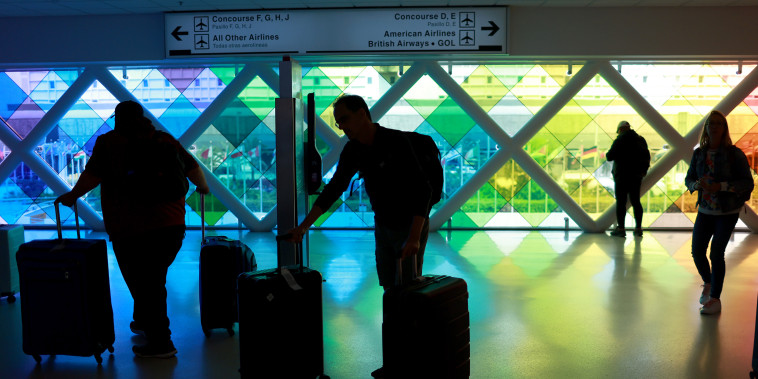Air Travel Demand is Breaking Records, Airline Profits Are Not
The aviation industry has been facing significant turbulence in recent times, with air travel demand hitting unprecedented levels even as airlines struggle to turn a profit. The paradox of high demand and low profitability has left many industry experts scratching their heads as they try to make sense of the current state of affairs in the skies.
Many factors have contributed to the surge in air travel demand. The rapid expansion of the global economy, coupled with increasing disposable incomes in emerging markets, has led to a growing middle class with a penchant for travel. On top of that, advancements in technology have made air travel more accessible and affordable than ever before, opening up new horizons for both leisure and business travelers.
In response to this soaring demand, airlines have ramped up their operations by adding more flights, expanding their routes, and investing in larger fleets. However, this expansion has come at a cost. Rising fuel prices, fierce competition, and other operational challenges have severely squeezed profit margins for many airlines, leading to a situation where high demand does not necessarily translate into high profits.
One of the biggest challenges facing airlines is the volatile nature of fuel prices. Fluctuations in the price of jet fuel can have a significant impact on operational costs, making it difficult for airlines to accurately forecast and manage their expenses. This uncertainty, coupled with the intense competition in the industry, has forced many airlines to engage in price wars and cut-throat strategies to attract passengers, further eroding their profit margins.
Moreover, the COVID-19 pandemic added another layer of complexity to the already challenging environment for airlines. The widespread travel restrictions, lockdowns, and plummeting passenger numbers brought the industry to a standstill, forcing many airlines to ground their fleets and incur massive losses. While the gradual reopening of borders and easing of restrictions have provided some relief, airlines are still reeling from the financial impact of the pandemic, struggling to regain their footing in a rapidly changing landscape.
In order to navigate these turbulent skies, airlines need to adopt a more strategic approach to managing their operations and finances. This may involve exploring new revenue streams, optimizing routes and schedules, investing in fuel-efficient aircraft, and embracing digital technologies to enhance efficiency and customer experience. Additionally, collaboration and partnerships with other industry players could help airlines unlock new opportunities and drive growth in a highly competitive market.
While the road ahead may be challenging, the aviation industry remains resilient and innovative, with a proven track record of adapting to change and overcoming adversity. By embracing new business models, leveraging technology, and prioritizing sustainability, airlines can chart a course towards profitability and long-term success in a dynamic and ever-evolving industry.


























